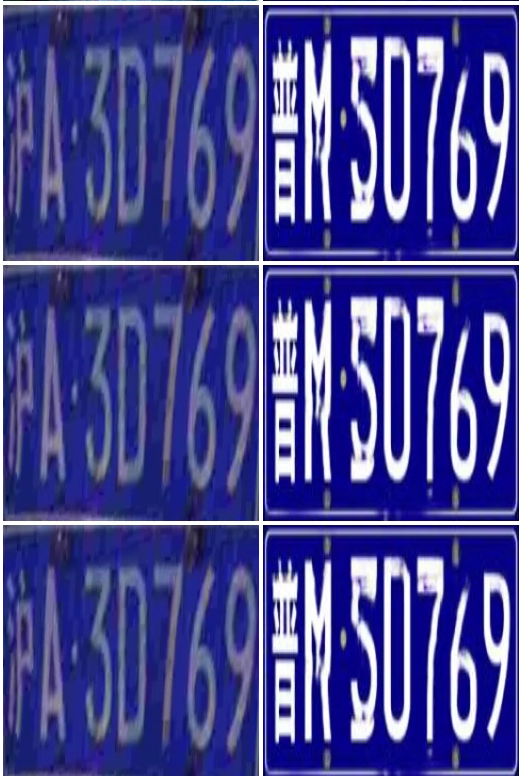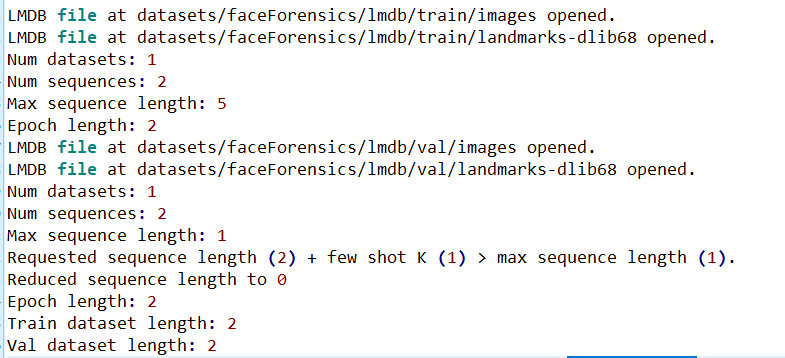I am trying to train pix2pixHD model for edge-to-image translation with my own dataset. I prepared my dataset as follows
my_dataset
└── train
├── images
│ ├── 0.jpg
│ ├── 1.jpg
│ ├── 2.jpg
│
└── seg_maps
├── 0.jpg
├── 1.jpg
├── 2.jpg
I also have val set which I omitted above.
b'images/.'
Traceback (most recent call last):
File "train.py", line 90, in <module>
main()
File "train.py", line 69, in main
for it, data in enumerate(train_data_loader):
File "/home/rapsodo/.conda/envs/transformer_env/lib/python3.7/site-packages/torch/utils/data/dataloader.py", line 363, in __next__
data = self._next_data()
File "/home/rapsodo/.conda/envs/transformer_env/lib/python3.7/site-packages/torch/utils/data/dataloader.py", line 403, in _next_data
data = self._dataset_fetcher.fetch(index) # may raise StopIteration
File "/home/rapsodo/.conda/envs/transformer_env/lib/python3.7/site-packages/torch/utils/data/_utils/fetch.py", line 44, in fetch
data = [self.dataset[idx] for idx in possibly_batched_index]
File "/home/rapsodo/.conda/envs/transformer_env/lib/python3.7/site-packages/torch/utils/data/_utils/fetch.py", line 44, in <listcomp>
data = [self.dataset[idx] for idx in possibly_batched_index]
File "/home/rapsodo/Desktop/587/imaginaire/imaginaire/datasets/paired_videos.py", line 302, in __getitem__
return self._getitem(index, concat=True)
File "/home/rapsodo/Desktop/587/imaginaire/imaginaire/datasets/paired_videos.py", line 240, in _getitem
data = self.load_from_dataset(keys, lmdbs)
File "/home/rapsodo/Desktop/587/imaginaire/imaginaire/utils/data.py", line 408, in load_from_lmdb
key.encode(), data_type))
File "/home/rapsodo/Desktop/587/imaginaire/imaginaire/datasets/lmdb.py", line 72, in getitem_by_path
if img.ndim == 3 and img.shape[-1] == 3:
UnboundLocalError: local variable 'img' referenced before assignment
When I debugged the code, I realized that LMDB dataset should be built with paired=True. Am I right?
Thank you.












